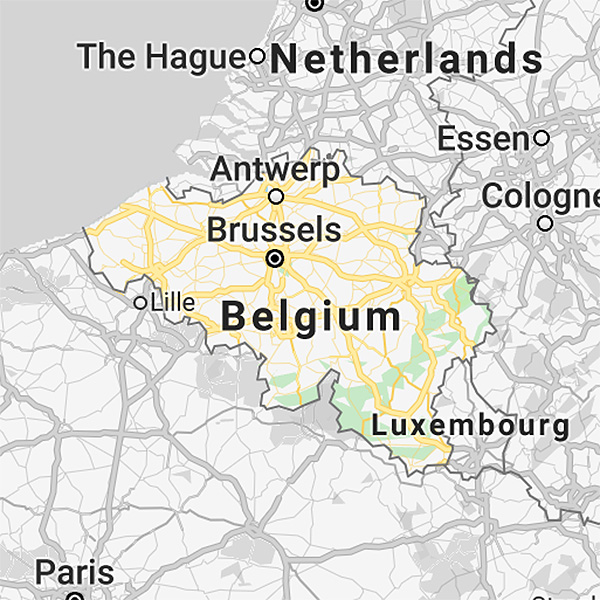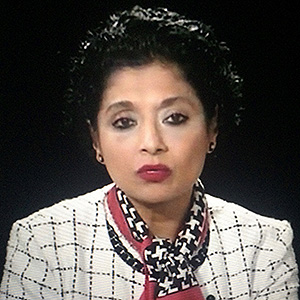Feature | Female Cardiologists in Belgium
 Source: Google
Source: Google
Belgium is a federal state with three regions (Flemish, Brussels and Walloon) and three official languages (Dutch, French and German). There are 11.4 million inhabitants (49 percent men), with 6.5 million living in Flanders, 1.3 million in Brussels and 3.6 million in Walloon.
According to a special report published in Belgium in 2015, of the 51,420 physicians practicing in various specialties, 1,269 are cardiologists (2.47 percent), including 247 practicing female cardiologists (19.4 percent), 56 percent of whom are younger than 45.
Of these cardiologists, 51 percent obtained their medical degree from a French-speaking university, 41 percent from a Flemish-speaking university and 8 percent from abroad. Belgian nationals comprised 88.64 percent of all cardiologists, while 10.14 percent of cardiologists are from the European Union and 1.2 percent are from elsewhere (including Asia, Africa and the U.S.).
Data on women in interventional cardiology was not available. Furthermore, while no exact numbers are available, female cardiologists were more likely to be unmarried compared with male cardiologists.
Since the early 1990s, the number of women studying medicine has increased steadily, averaging around 55 percent over the past 15 years. In 2012, there were 120 cardiology fellows, 35 percent of whom were women. There are no official numbers available on the current number of practicing female cardiologists in Belgium.
Although the European Society of Cardiology reports that 25 percent of its members are female, women represent only 8 percent of the members of the European Heart Journal editorial board. More recent figures show that 33 percent of cardiology fellows in Europe are women. In addition, women in Belgium contemplate families and have children during fellowships, contrary to earlier times.
Despite the seemingly increasing number of female cardiologists in Belgium and Europe at large, few women hold leadership positions or enjoy full professorship. Recent data indicate a striking gender discrepancy between the wages earned for equivalent services in several European countries.
In Belgium, there appears to be no significant gap in the earning potential between male and female cardiologists, but women are more likely to work part time and in the noninvasive field, which obviously influences their income. At my institution, seven of the 18 cardiology staff (almost 40 percent) are women. However, I believe we are an exception to the rule.
I hope that with improved resources and support for fellows in specialist training (improvement in work-life balance regarding on-call system, limiting the number of weekly working hours, improved mentorship with some space for promoting research, etc.), the gender imbalance will reduce and more women will consider becoming cardiologists.

This article was authored by Bharati Shivalkar MD, PhD, cardiologist at Antwerp University Hospital in Edegem, Belgium.
